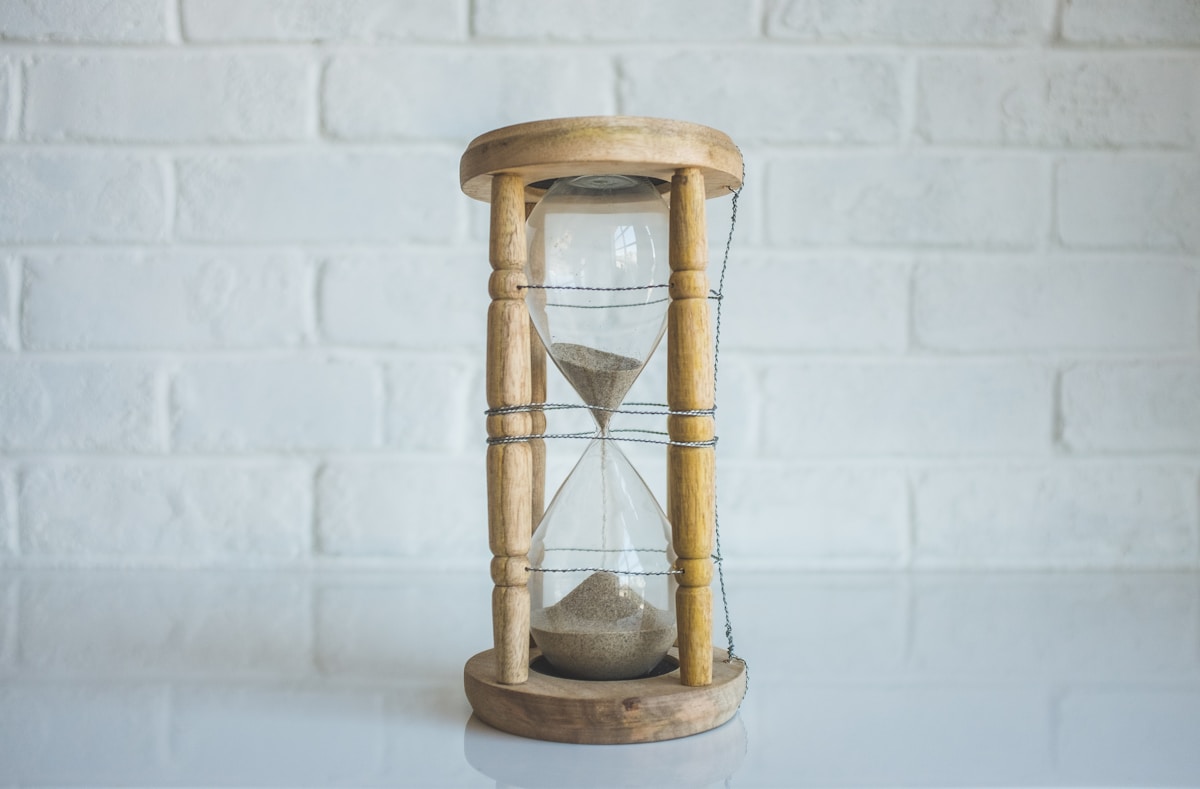Submitting a research manuscript for publication is a long process. If you submit a paper that does not meet the journal’s criteria, you could be wasting time and effort. To ensure your paper is suited to a particular journal before you start the tedious submission process, you can send a pre-submission enquiry. In this blog article, I explain how to write a good pre-submission enquiry to help you get the right answer for you and your manuscript.
Finding the one
There are thousands of research journals out there – how can you find the journal that is right for your paper? Online journal selection tools search thousands of journal titles and abstracts to find journals that fit your specific selection criteria (just search for journal selection tool in Google). This will give you a list of candidates.
Now check the websites for each of your target journals. Familiarize yourself with the journal’s scope. Does it fit to your study? If it does, take a look at the papers that were recently published in that journal. Are they similar to your own? If they are, then this may be a suitable journal for your paper.
A pre-submission enquiry will confirm whether the journal is a good fit for your paper or not. Although it is unethical to submit your manuscript for publication to more than one journal at a time, you can send pre-submission enquiries to as many journals as you please. Check that the journal accepts pre-submission enquiries before you send one. And read the journal’s instructions on preparing a pre-submission enquiry. Following these instructions will create a positive first impression.
Now let’s take a closer look at what you should include in your letter.
A good start
Find out who is responsible for dealing with pre-submission enquiries and address them directly. If the journal website does not give this information, address the Editor-in-Chief or Managing Editor instead.
Start by explaining why you are writing: you are interested in publishing your work in their journal and would like to enquire about its suitability. Give the title of your paper and use the journal’s name to demonstrate a specific interest in that journal. For example:
We would like to enquire about the suitability of our manuscript ‘Raf kinase expression in different tumour tissues’ for publication in Clinical Oncology
gives a much better impression than:
We would like to enquire about the suitability of our manuscript for publication in your journal.
Close the opening paragraph by telling the Editor what information is attached. The purpose of a pre-submission letter is to give an overview of your study, so providing the Abstract should be sufficient. However, some journals may want to see the full manuscript. Check the guidelines to make sure.
Fitting the bill
In the next paragraph, highlight the novel findings of your study and emphasize why they are significant and how will they contribute to the field. Describe how your results fit to the scope of the journal, and explain why your findings will be of interest to the journal’s readers.
Be concise – don’t provide background information or describe your results in too much detail. Focus on your main findings and how they address the journal’s primary interests. The goal is to give the Editor the information they need to decide whether your paper is suitable for peer review.
Finish your letter by thanking the Editor for their time and consideration. Make sure the Editor knows how to contact you with their decision. Pre-submission enquiries are usually dealt with quickly, so you should get your decision within a few days.
No guarantees
Your research paper can only be accepted for publication after it has been thoroughly peer reviewed. A positive response to a pre-submission enquiry does not guarantee that your manuscript will be accepted for publication, but it does suggest that the journal is willing to send your paper out for peer review and that the long submission process is not a waste of your time.

A pre-submission enquiry could save you time
Claire Bacon is a former research scientist with professional qualifications in copyediting and medical editing. She edits scientific research papers and teaches courses on scientific writing.